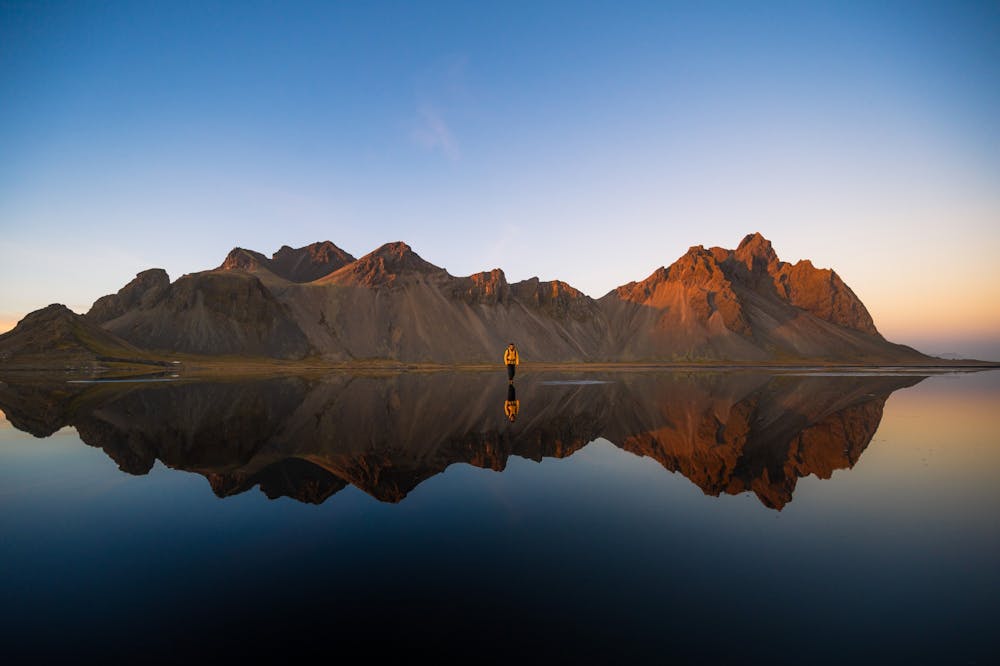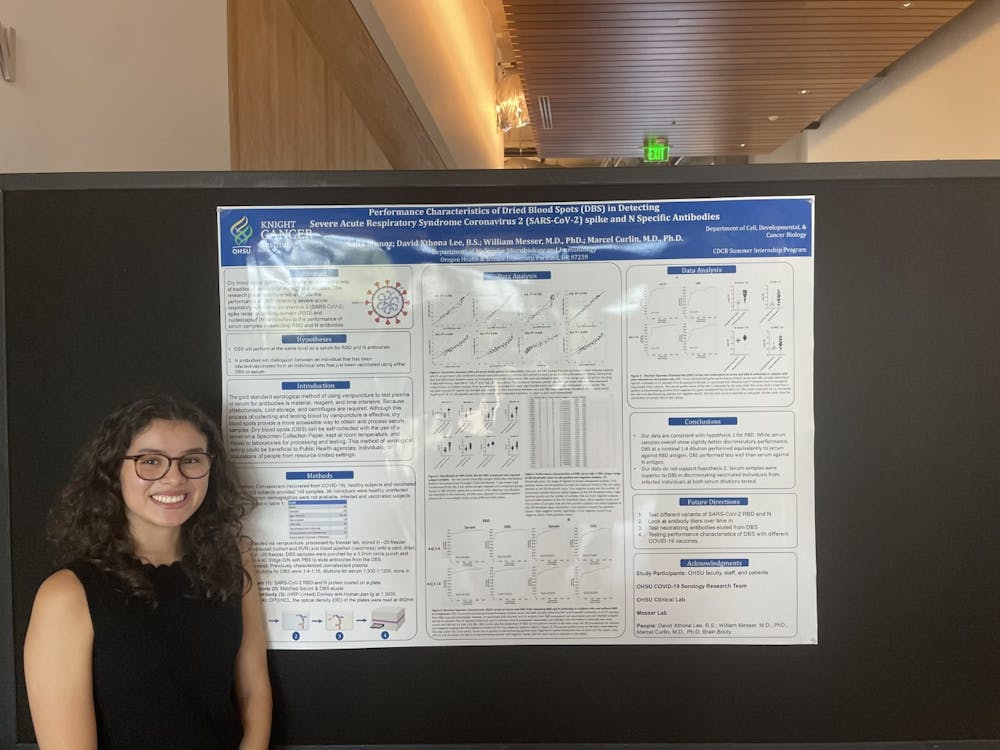Over this past year I have been fortunate enough to travel to six countries across Europe. I journeyed to the far reaches of Djúpivogur on the West coast of Iceland to the hot sands of Palma De Mallorca in Spain. I learned not just about each region's respective culture and history, but also a ton about how to make the most out of my travels. Below are my three top tips to maximize value gained from traveling abroad.
1. Embrace the unexpected
Eagles nest
Not everything goes to plan, especially during tourist season in Germany. The plan for the weekend seemed foolproof. We would take our rental car and drive from Stuttgart to Garmisch-Partenkirchen. There, we had plans to climb the Zugspitze, the tallest peak in Germany standing at 9,718 feet (2,962 meters).
It was pouring rain the morning of our climb and we couldn’t even see the top. Nonetheless, we sent it and made our summit.
The real fun began when we drove from Garmisch to Berchtesgaden. Our plan was to have a relaxing day taking in the sights. This included a bus ride to the top of the Eagles Nest, a secretive Nazi hideout built into the German alps and a symbol of victory to allied forces.
On our arrival, we didn’t know how to get to the top since minimal research was conducted before our trip.
Opting out of the shuttle bus, we decided to taketake the supposed “short hike” to the top.
Our hike ended up being 2,300 feet of climbing over four miles.
Already exhausted from our summit the previous day, we surprisingly made it up in an expeditious manner.
Though not ideal, we got to take in the sights in a unique way that most don’t experience. At the end of the day, our weekend ended up being more memorable than if we had simply taken the shuttle bus to the top.
2. Make plans for the shoulder seasons
The Dolomites and Iceland
Traveling is expensive. The best way to reduce costs is to go when no one else is, also referred to as “shoulder season.”
Shoulder season has some downsides, including less than favorable weather and facilities being closed for the season. But it also means cheaper prices overall and smaller crowds.
As a college student, I fully take advantage of our generous break schedule. The entire month of May, right after spring semester ends, is an excellent time to travel.
Last May my friends and I took the time to go on a road trip to the Italian Dolomites. This spectacular range is a UNESCO heritage site and is often quite busy from June through September. It was a bit cooler and still early spring, but we had the entire place to ourselves.
Another great time to travel is right after summer ends. Our fall break is conveniently right after all the busiest travel for the season has finished. This fall break, we escaped to Iceland.
Mid-October is definitely on the fringes of winter at 65 degrees north, but our trip cost about half as much as it would have to go in the summer. Cost savings and minimal crowds definitely add value to any trip overseas.
3. Calculated Spontaneity
I think spontaneous ideas are usually fun ideas. But there is a difference between good spontaneous ideas and bad spontaneous ideas.
I’ve found that this difference comes from planning for spontaneity and not planning it.
There are always going to be places to see or things to do that you only find out about when you get to said destination. No amount of pre-trip planning will prepare you for all the things you’ll actually want to do once in the country.
But I’ve found that planning for spontaneous ideas leads to a win-win scenario.
For example, I’ve begun planning one or two buffer days into all my travel plans in case something gets canceled or we are delayed. This spring we planned an extra day into our Dolomites road trip in case we had rental car trouble or bad weather.
We ended up making it through the entire itinerary on schedule, so we had an extra day at the end. At this point, our group decided that it was totally possible to visit Venice for 16 hours even though no one had planned for it previously.
Our buffer plan allowed for an extra location stop on our trip without stress. It also ended up being one of the best highlights from Italy.
Hopefully these travel tips are useful in planning your next adventure. Happy trails!
Andrew Gotshall is a photographer for The Beacon. He can be reached at gotshall24@up.edu.
Have something to say about this? We’re dedicated to publishing a wide variety of viewpoints, and we’d like to hear from you. Voice your opinion in The Beacon.








